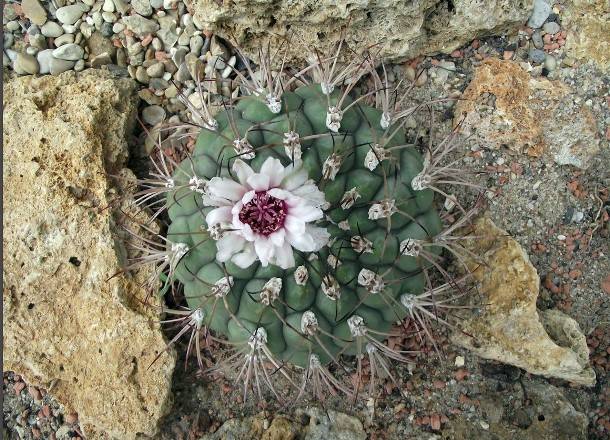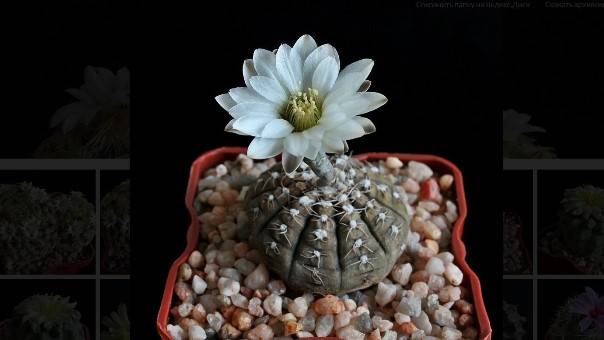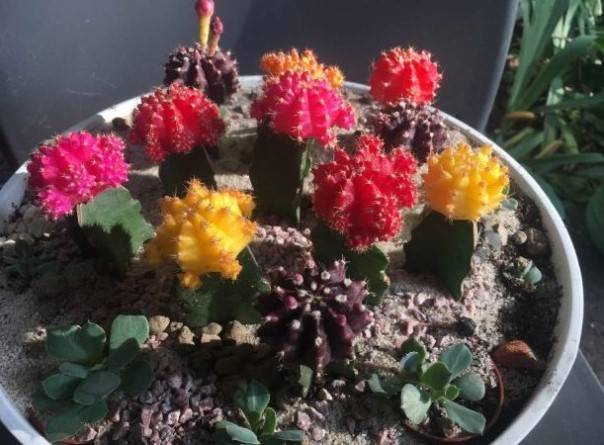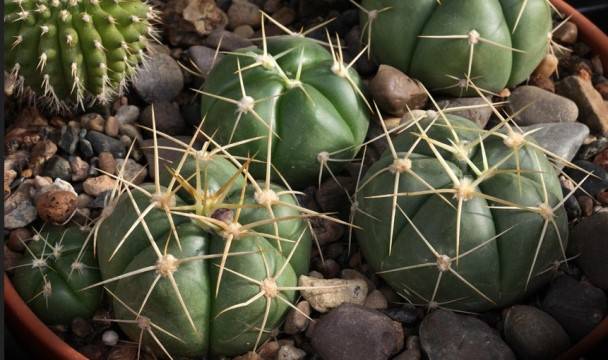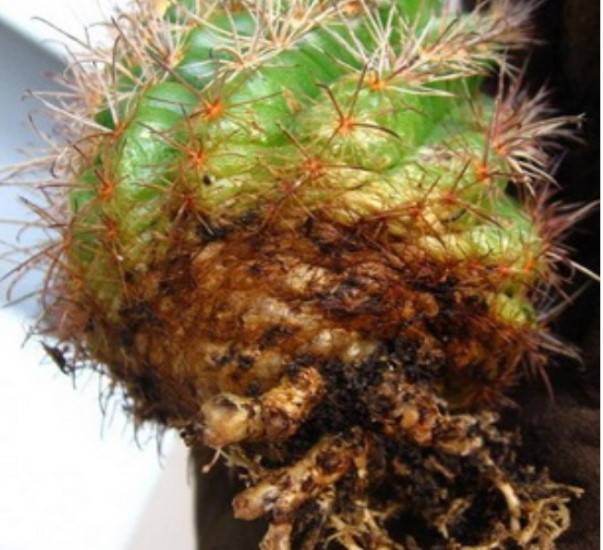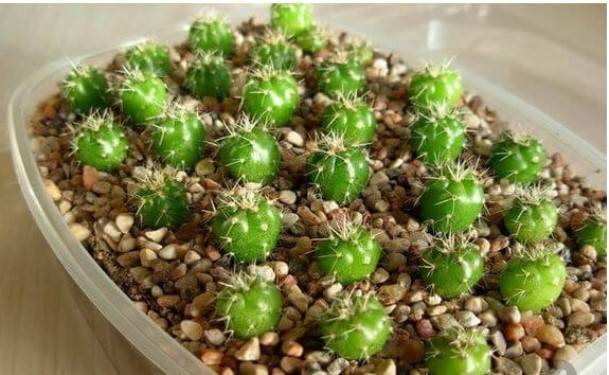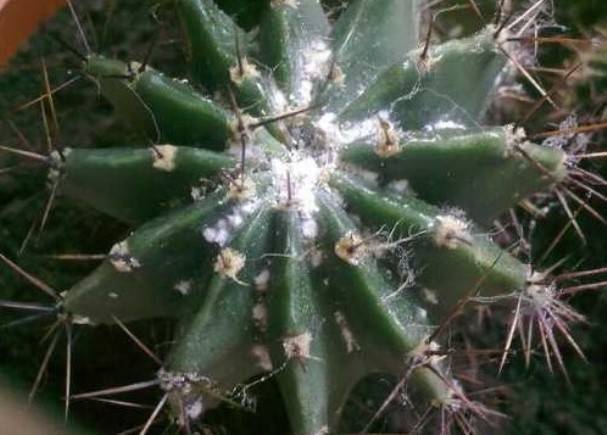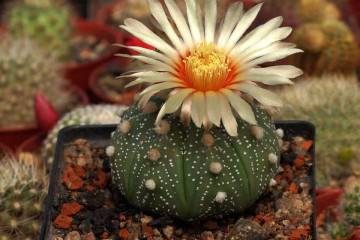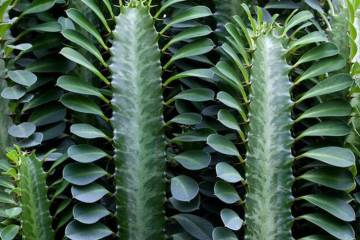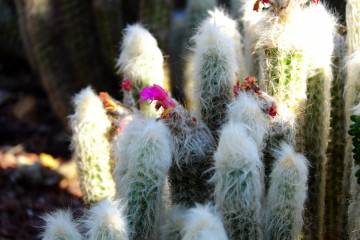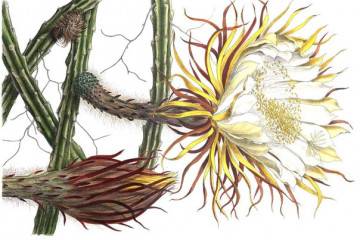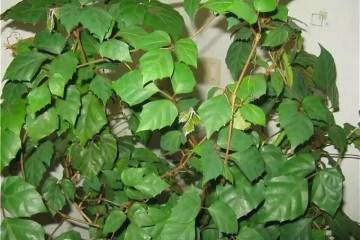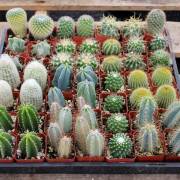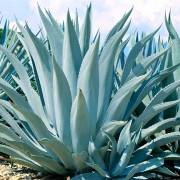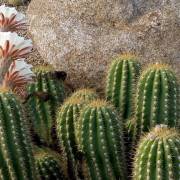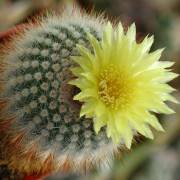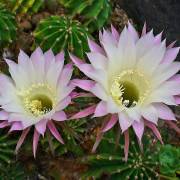Cactus hymnocalycium - home care
Content:
On the windowsills of many housewives, you can find a variety of flowers. One of the most common is the hymnocalycium cactus. Its varieties can be very different in appearance.
What does the cactus hymnocalycium look like?
The species belongs to succulents - plants that can tolerate drought and do not need frequent watering. The name is of Greek origin and means "naked", which is associated with the structure of the flower. The inflorescence has the shape of a smooth cup.
In its natural environment, the cactus grows in the highlands of South America, was first described by botanists in the middle of the 19th century. The plant has a flattened spherical trunk, which can reach a diameter of up to 15 cm.
Common varieties
One of the most beautiful species of Gymnocalycium Mihanovichii Albiflorum has a stem in the form of a spiky ribbed ball up to 5 cm high. There are species with inflorescences of pink, white, yellow shades.
Gymnocalycium Baldianum was named after the Argentine botanist H. Bald. The plant has a round shape with smooth edges of a bluish-green stem, up to 13 cm in size. Bald's gymnocalycium is crowned with a large purple flower resembling a lotus in shape.
Gymnocalycium Damsi is a small round stem that blooms a white-pink flower 4 cm in diameter, at the 2nd year of life. Blossoming is possible in bright light and high temperatures.
Gymnocalycium Ragonesii is a miniature cactus. The diameter of the round stem reaches 6 cm. The color of the stem is chocolate, it can be completely covered by a huge snow-white flower that grows from the top. Caring for the Ragonez variety is simple, even a novice florist can handle it.
Gymnocalycium Quehlianum is a spherical stem with pronounced tubercles that fit snugly together. From them, tuberous long spines grow. The color of the cactus is bluish-green, the size of an adult plant reaches 10 cm in width. The top is crowned with beautiful two-tone lush flowers. The petals are snow-white, and the core is pink with many stamens.
Gymnocalycium mix is a small cactus, up to 5 cm in diameter. Has a variety of colors of stems, which can be planted in one container and create bright compositions.
Gymnocalycium Spegazzinii Kla grows at altitudes of 1300 m above sea level in Bolivia and northern Argentina. This is a plant with a flattened 18-centimeter single stem of gray-green color and spines that are directed downward. White-pink flowers grow on long stalks, are 5 cm wide. The cactus tolerates frost and prolonged drought, but grows very slowly.
Gymnocalycium of Friedrich Aqua Dulce is a very rare and interesting variety. The brown spherical stem is cut with deep transverse grooves. During the flowering period, pink elongated flowers bloom on long peduncles.
Gymnocalycium Denudatum, or Naked, has the appearance of a glossy green ball up to 10 cm in size. On rounded ribs there are long spines 10 mm long, which are collected in bunches. At the top of the stem, large white and light pink flowers grow.
Gymnocalycium Reduktum is also called humpbacked due to the fact that over time, the rounded stem stretches and bends. The Reductum cactus is a giant cactus, it can grow up to 50 cm. During the flowering period, the bush is covered with white flowers.
Horst's Gymnocalycium is a cactus with an unusual shape. Outwardly, it resembles 5 wedge-shaped green stones, which have grown together and from bottom to top are overgrown with a number of bundle thorns. Pink flowers grow from the top on elongated peduncles.
Features of home care
At home, the plant does not require much attention to itself. With proper care, flowering can be achieved easily.
Temperature
In nature, this cactus does not grow in the desert and does not need extreme heat. The air temperature from 20 ° С to 24 ° С is optimal for the Gymnocalycium mix; home care requires compliance with exactly this level of heat. In winter, it is lowered to 15-18 ° C. The plant can survive a greater cooling, but it cannot be reduced below 5 ° C.
Lighting
The southern plant loves the sun, but too bright lighting is undesirable. If the flowerpot is on the south side, the window is shaded from direct sunlight on the stem to avoid burns.
In autumn and spring, during the short daylight period, the plant is illuminated using fluorescent lamps.
Watering
Water the culture with soft warm water; filtered, boiled or settled water is suitable for these purposes. Cold watering can put the flower into a stressful state: it will stop growing, the roots will begin to rot.
In summer, watering should be frequent, the need for moisture is determined by checking the dryness of the soil. If the ground is completely dry, you can water it.
In winter, watering is minimized; it is better to leave the flower in dry ground, especially if the room temperature is below 18 ° C. At the first signs of wilting of the stem, the soil is slightly moistened.
Spraying
Cacti do not need spraying, but if it is wetted, the plant will not suffer.
Humidity
The plant tolerates drought well and will not suffer in rooms with dry air. But an excess of moisture can harm the flower, rot will develop in the roots. Also, a humid environment is an excellent condition for the development of fungal diseases. Therefore, you need to control so that the soil is not constantly wet, it is better not to top up the flower.
Priming
Despite the fact that succulents can grow in poor soils, this type of cactus needs a nutritious and loose substrate. You can buy soil for a succulent in a store or cook it yourself. For this, peat, sand, humus and charcoal are mixed in equal proportions. The composition should turn out to be slightly acidic or neutral. You can deacidify the mixture by adding more sand or ash to it.
Top dressing
When caring for hymnocalycium at home, fertilizers with high acidity are used. Alkaline mixtures will have no effect on the flower, it will stop growing.
Horticultural stores sell mineral supplements for cacti. Fertilize the flower in the summer once a month; in the winter, you do not need to feed it. A plant that has recently been transplanted into new soil also does not need fertilization, all nutrients are contained in the soil.
Features of winter care during the rest period
In winter, the flower is in the dormant stage, you cannot move it to another place. Top dressing is stopped, watering is reduced. How the plant rests in the autumn-winter period depends on its flowering next summer.
When and how it blooms
The cactus begins to bloom at the age of 2-3 years. The first buds appear in spring, the last flowers fall in late autumn.
All types of hymnocalycium have bell-shaped flowers with a diameter of two to seven centimeters. Depending on the variety, the color of the bud can be yellow, white, red, pink, purple, cream.
How the hymnocalycium cactus reproduces
You can propagate a cactus by lateral shoots or by seed.
Germinating seeds
Reproduction of gymnocalicium by seeds requires some effort:
- Using a brush, pollen is collected from the stamens of one flower and transferred to the pistil of another. It is necessary to wait for the pollination of the inflorescences and the ripening of the fruit, from which the seeds are then harvested.
- Small seeds (up to 1 mm) are soaked for better germination in clean water at a temperature of 20 ° C during the day. A little potassium permanganate is added to the solution.
- Seeds are sown in flat trays with a sterilized substrate and watered with warm water. The pot is covered with foil. The room temperature should be from 23 ° С up to 25 ° С, the illumination is bright, but diffused.
The first shoots will appear a week after sowing. Depending on the quality of the seed, the first stems may hatch after a few weeks. Caring for young plants consists in daily airing the greenhouse and moistening the soil. 2-3 weeks after the appearance of the stems, the cacti are planted in separate pots.
Side layering
Hymnocalycium can be propagated with the help of shoots that a cactus gives in abundance every season. The lateral cut is cut with a sharp knife and the cut is left to dry in the air for 24 hours. Then the baby is transplanted into prepared soil, which is abundantly moistened. For the stability of the appendix, a support is made to it.
Rooting is best done in summer, then the seedling quickly adapts to the new substrate. If reproduction takes place in winter, it is necessary to provide additional lighting for the young plant. Those layers that already had their own roots will take root faster.
Transfer
As it grows, the hymnocalycium is transplanted into a new larger pot. The procedure is carried out in the spring before flowering. Young plants grow quickly, you can replant them at least every year.
The stem is carefully removed from the container and transplanted into a new one, 2 cm larger than the previous one. Before planting, the roots are examined, the decayed ones are removed, the sections are processed with potassium permanganate. You can buy cactus soil at a store or prepare a slightly acidic substrate yourself. A drainage layer is placed on the bottom of the pot, covered with soil and lightly tamped. At the end of the transplant, the plant is watered abundantly.
Pests and diseases
The variety is quite resistant to disease, but if there are infected crops in the house, they can harm this cactus too.The main danger to the hymnocalycium is the mealybug and the red flat mite.
They fight pests by washing the stem under warm water and treating them with insecticides.
The roots of the plant can be attacked by rot. This is due to the overflow of a flower or unsuitable soil. After the first signs of wilting of the cactus were noticed, it is removed from the pot, the underground part is examined, and the affected roots are removed. Sections are treated with fungicidal preparations. After disinfection, the bush is left to dry for several days, then planted in a new substrate.
Even inexperienced growers can grow an unpretentious flower at home. If you properly care for the cactus, observe the conditions of watering, temperature and lighting, then on the windowsill it will be possible to create a multi-colored kaleidoscope of blooming hymnocalycium.

